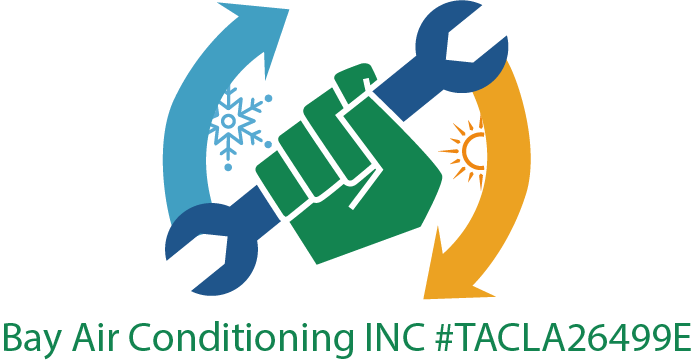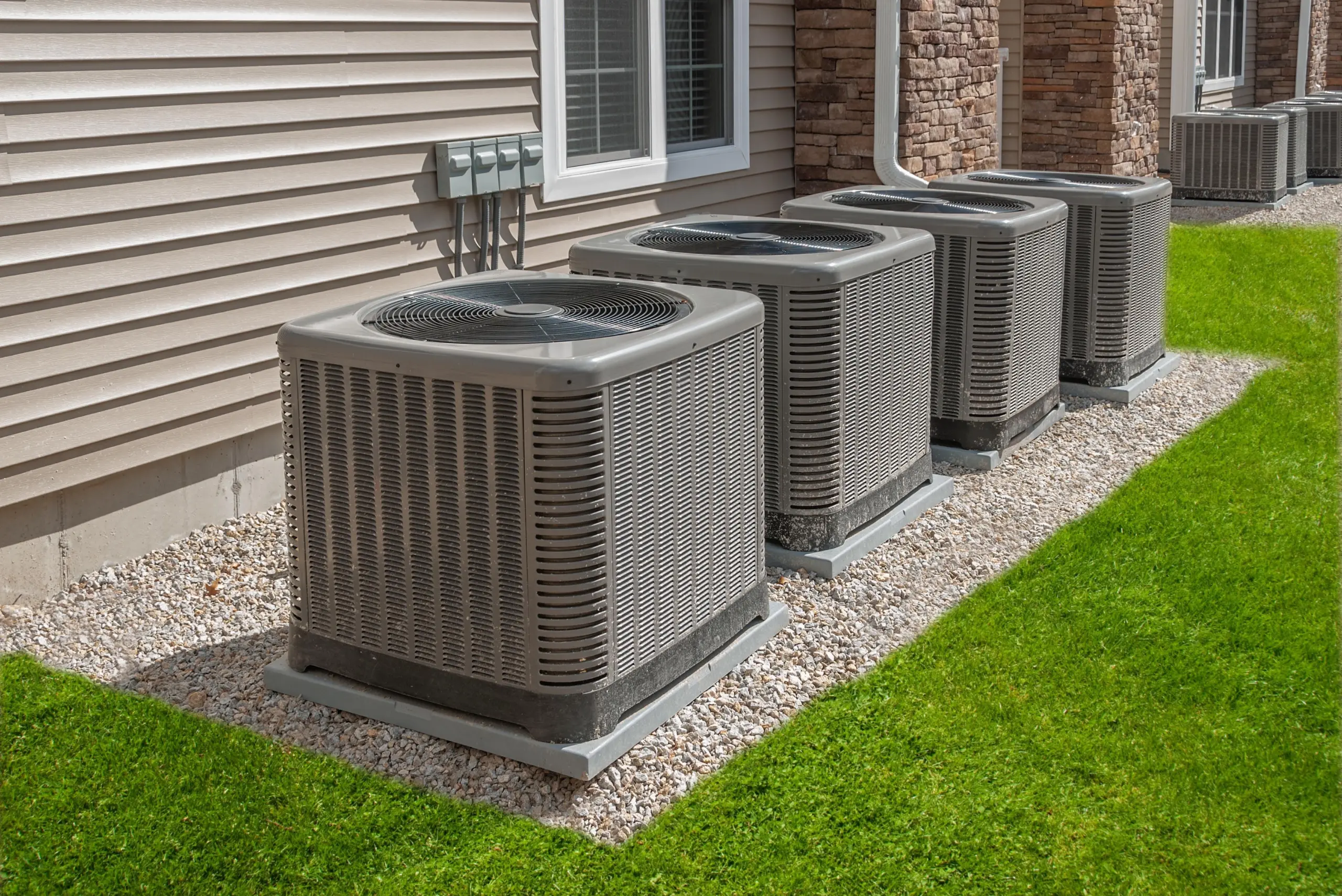What Is Central Air Conditioning And How Does It Work?
A central AC or air conditioning system is one of the most common whole-house HVAC systems that are used across the United States. Its main job is to cool the air in a central location at your property and then distribute it throughout the space. They are much more powerful than an individual AC unit, which can only cool a single room at a time. Knowing about central air conditioning and how it works can be fruitful whenever you need to hire a professional for AC-related services.
Central Air Conditioning 101:
The focus of a central air conditioning system is on maximizing comfort and efficiency while eradicating the problem of cooling each room separately. Before you can invest in a central AC for your home or office, you should know about what it is, as this will be essential in buying the right one and maintaining it for years to come.
a. Two types of central air conditioning:
While many homeowners think that central air conditioning only comes in one form, it does not. It comes in 2 types, as explained below:
| Split-System Central Air Conditioners | Packaged Central Air Conditioners | |
| AC Components | It has separate indoor and outdoor units. | All the components are included in a single outdoor cabinet. |
| Space Required | Requires more indoor space. | Requires less indoor space. |
| Installation Complexity | Much more complex installation. | Easier installation. |
| Noise Production | Less noise is produced indoors due to the compressor being outside. | More noise is produced indoors due to the compressor being in the same unit. |
b. Components of central air conditioning systems:
If you have understood the types of central air conditioning systems, you should also have a general overview of the different components found in them. So, let’s look at their key components, which will help you understand them better:
| Unit Type | Unit Description | Unit Component | Component Description |
|
Outdoor Unit |
It is placed outside the building near the foundation for easy access and maintenance. Its components are responsible for releasing heat into the outdoors. |
Condenser Coil | With a series of tubes having refrigerant flowing through them, it also has fins that improve heat removal. As the refrigerant evaporates, it absorbs heat from the inside. |
| Compressor | It compresses the refrigerant to increase its temperature while moving it between the evaporator and the condenser coils. It also maintains the pressure of the refrigerant, keeping it hot enough to release the absorbed heat outdoors. | ||
| Fan | It moves air over the condenser coil to cool the refrigerant. Seamless heat dispersion is only possible because of the fan. | ||
|
Indoor Unit |
Its components are responsible for absorbing heat from your space and distributing cool air. |
Evaporator Coil | Its job is to gather heat from the indoor air and transfer it to the refrigerant. As warm air moves over the cool evaporator coil, the refrigerant absorbs the heat and evaporates. |
| Furnace/Air Handler | This component is responsible for circulating cold air throughout your property. It is commonly situated in closets, basements, or attics, and includes components like dampers, filters, heating/cooling elements, and a blower or a fan. |
Understanding How Central Air Conditioning Works:
Now that you know about the different components of the indoor and outdoor units of a central air conditioning system, you would also be curious about how central air conditioning systems work to keep your house or workplace cool. For a better understanding of this process, we have created this brief yet comprehensive guide about their functioning.
Here’s how central air conditioning systems work:
a. Exchanging the heat:
Warm air from the house or office is drawn into the air handler, which then passes over the cold evaporator coil. The refrigerant evaporates due to heat absorption and gets more pressurized in the compressor before being sent to the condenser coil. This refrigerant condenses after the heat is released and returns to the evaporator coil. For effective cooling, this entire cycle gets repeated numerous times.
b. Circulating the air:
The furnace or air handler also works during this entire process by pushing the cooled air into the ductwork. It also ensures that an even distribution of air is guaranteed throughout the space. For better indoor air quality and comfort, the return ducts circulate the warm air back towards the air handler while also guaranteeing a continuous flow of conditioned air.
c. Controlling the temperature:
Lastly, the thermostat acts as the bridge between you and your central air conditioning system while enabling you to set it at your desired temperature and keeping your living space cool and comfy. Moreover, most central air conditioning systems these days come with modern features that can help you with energy efficiency and remote control.
Conclusion:
Whether you’re thinking about buying a new central air conditioning system or looking into maintaining your existing system, you will need some foundational understanding of what central air conditioning systems are and exactly how they work. Hence, we have created this all-inclusive guide so that you can always be well-informed when buying or repairing a central AC for your home or workspace.
FAQs:
What is the difference between AC and central AC?
Central AC means a whole-house cooling system, whereas AC means basically any air conditioning system, including portable models and window units.
Is central air cheaper than AC?
Central air conditioning is cheaper for cooling the entire house, but regular or split AC is cheaper for cooling one floor or a few rooms.
How long does a central AC last?
On average, a central air conditioning system can last from 15 to 20 years.

